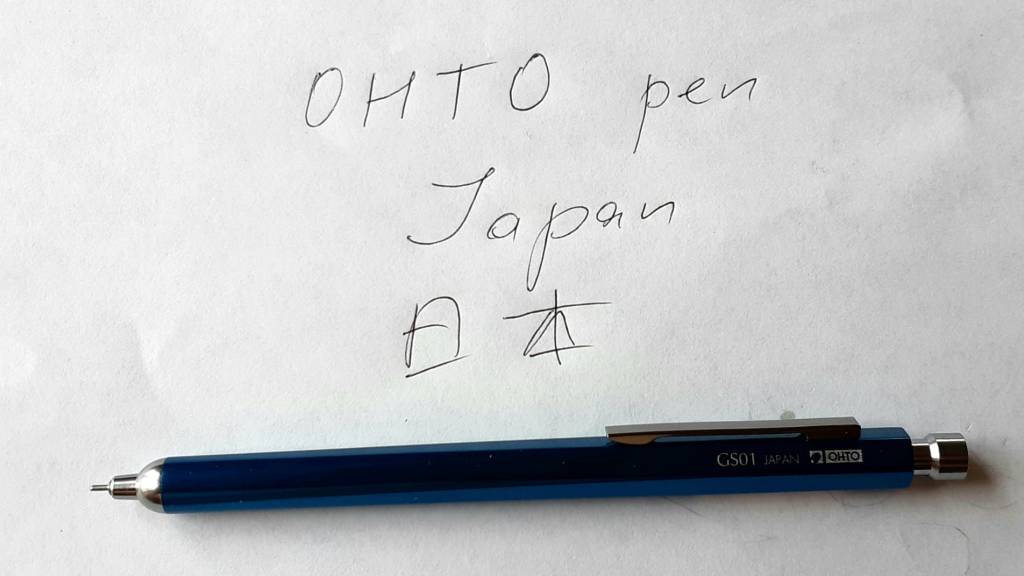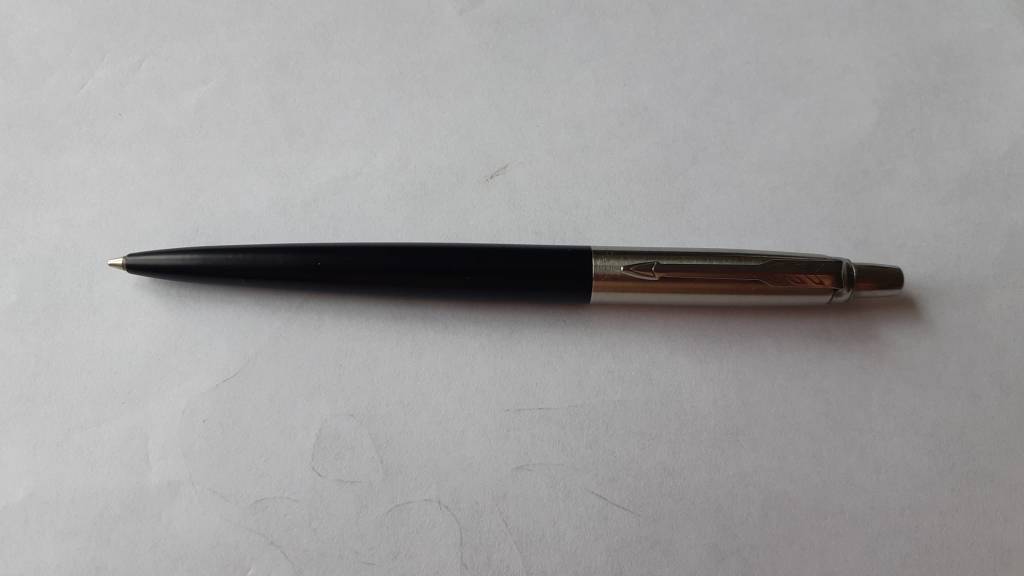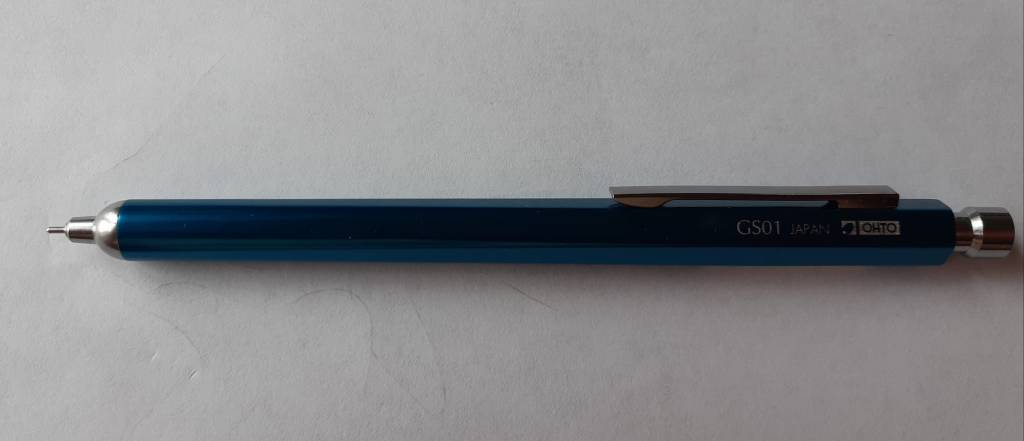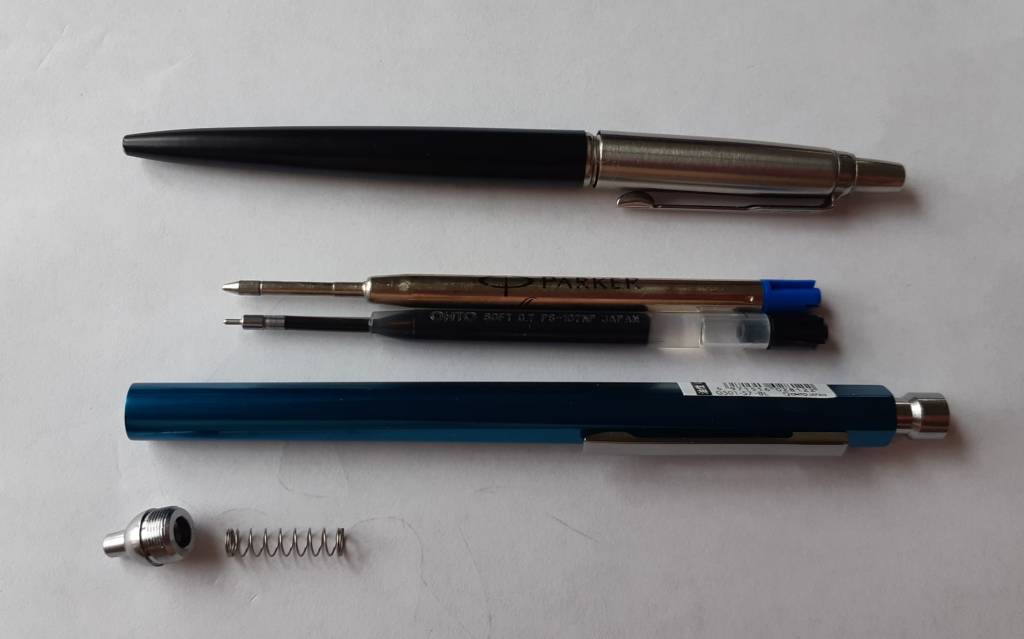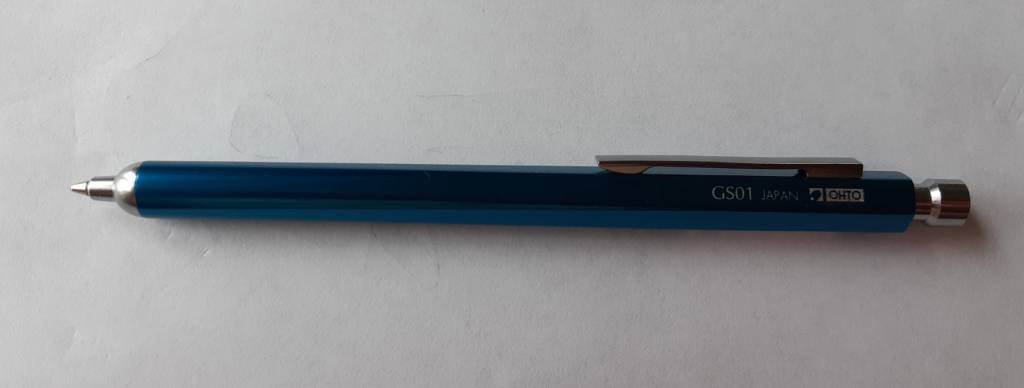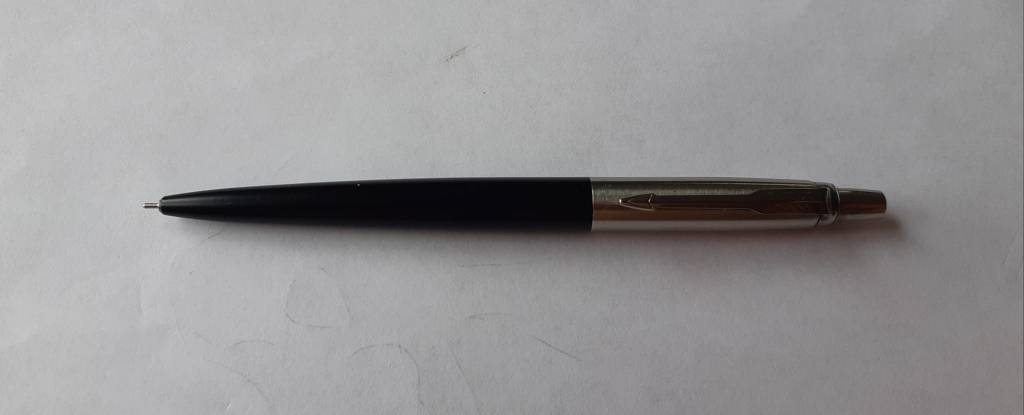Quite frequently, I find myself curious why there aren’t that many books that will be interesting for me to read. Books that will be captivating, informative and inspiring. If you have the same feeling from time to time, then I think I have an answer for you.
Have you ever considered writing such a book yourself? Do you think that it’s even possible? It seems to me that it’s not only possible, but actually doable. In this post I’ll describe a couple of ways it can be done.
First of all, I’ve never written a book. So you may be thinking do I even entitled to give an advice about writing a book. Well, it’s a good question. Even though I haven’t written a book yet, I have this blog from 2013 and since then written a number of posts. So I have some understanding about what amount of effort will be required to work on an actual book.
Before describing how you can write your first book I’d like to emphasize that the type of book I envision is not a fictional book. I think it’s much easier to write a technically oriented book, which will be used by readers as a kind of manual. I have three examples to give you. I was personally involved in two of the examples.
Since writing a technical book is the easiest way of writing your first book, in my opinion, that’s talk about such book types.
Back in 2011 after I graduated I started to work as a software testing engineer at HP Indigo Division company. Working with software developers I realized that I want to write code instead of testing it. To make that transition possible I started to work through programming courses at Pluralsight online learning website. Actually, I took more than two dozens of courses there. C++, C#, JavaScript, Android development there were quite a few good courses at Pluralsight. One of the authors at Pluralsight that stood out to me was John Sonmez. Thanks to his courses I was able to get some very important advices that are still useful to me until this day.
Well, why I write that much about Pluralsight and John? It’s because John Sonmez not only had the most courses at Pluralsight at the time he also had a very popular blog called Simple Programmer. There he wrote a number of blog posts a week about software programming related topics. Lo and behold John’s first book Soft Skills: The software developer’s life manual was a compilation of the blog posts he wrote for Simple Programmer. Do you see where I am heading here? That’s right. Having a blog where you write your thoughts in a form of a post can be a springboard to your own first book.
Now that I write this, I recall that actually, my first encounter with this approach to writing a book happened in 2012 when I searched for books about C++ programming and by a mere chance I came across Alex Allain’s website about C++, Cprogramming.com. This website contains a number of tutorials about C and C++ programming. But in addition to this Alex wrote a book that was based on the tutorials from the website and the book is Jumping Into C++.
There is an interesting story about that book that I can’t help but tell you. When I started to read that e-book and do all the exercises in it I noticed that there were a number of spelling mistakes and also bugs in the code. So I decided to contact Alex and notify him about the issues. Also I suggested him that I can provide him with all the errata that I find along the way. Well, thanks to this I was able to establish a working relationship with Alex and was mentioned as one of the contributors to the overall quality of the book. This is how thanks to Alex’s helpful book I started on a road of becoming a DIY technical editor.
Returning to the main topic of the post, first Alex Allain wrote a number of helpful tutorials about C and C++, later he used them to write his first book on C++ programming. John Sonmez used his blog posts from Simple Programmer to write his first book on soft skills in software development.
And now, we come to the third example, in which I was involved quite a lot. This example, you guessed, follows the same type of an approach where first you write blog posts on a technical subject before starting to write a book on that same subject.
This time we are talking about Machine Learning Mastery website. In 2016 I started to get interested in Deep Learning, which is a subset of Machine Learning. Back in 2016 a new hype cycle about Machine learning revolution started. This time, as I’ve mentioned, it was a Deep Learning flavor. While looking for a resources on the subject I came across a blog post at Machine Learning Mastery website. The main author and the owner back then was Jason Brownlee who is an expert in Machine Learning.
The first e-book I bought from Jason was Deep Learning With Python which I found very helpful and straightforward. I bought a number of other books from the same website. As with the Alex’s book on C++, Jason’s book had a number of spelling and programming mistakes that got me thinking. So as previously, I contacted Jason and provided him with a list of issues I found. Jason was happy with my suggestions and as a consequence I became one of the technical reviewers/ editors for Machine Learning Mastery books. Since then I’ve reviewed more than 10 books on the subject for MLM.
Again, John’s, Alex’s and Jason’s approach to writing first and consecutive books was to write blog posts first and then compile them into a whole blown book. Since it was a technical subject that they wrote about, the book in essence was a collection of tutorials, which was much easier to write than a fictional book. Fiction or non-fiction for that matter is much more difficult to write in comparison to a manual about programming in my opinion.
One more, thing. To be able to write a blog post not mentioning a book, there has to be a topic that is close to your heart. A topic that excites you and makes you want to share your excitement with other readers. Otherwise, I hardly doubt there will be any good in attempting to write anything at all. I can tell it by looking at the most read posts at this blog. The most viewed posts were the ones that I cared a lot, the ones in which I shared useful and helpful information, the ones that described things I was personally involved in.
Now, the main question is shall you write a book?
Also, should I write a book myself?
Take care.


